Sentiment to begin the week is dour, as interest rate traders have had a rethink about Chairman Powell’s assertion that policy tightening isn’t over just yet. Steve Sosnick and Jose Torres discuss with Andrew Wilkinson.
Summary – IBKR Podcasts Ep. 60
The following is a summary of a live audio recording and may contain errors in spelling or grammar. Although IBKR has edited for clarity no material changes have been made.
Andrew Wilkinson
Welcome everybody to Interactive Brokers Podcast, this is Andrew Wilkinson. With me here in Greenwich, CT, chief market strategist Steve Sosnick. How are you, Steve?
Steve Sosnick
I’m good, thanks Andrew. How about yourself?
Andrew Wilkinson
Very good, thank you. To start the week off down in West Palm Beach office, we have senior economist Jose Torres. How are you doing Jose?
Jose Torres
Good morning Andrew. Doing well, how are you?
Andrew Wilkinson
I’m doing alright, thank you. And finally, it’s the top of the evening over in Singapore. We have Guillaume Roux Chabert, joining us for the first time today, how are you Guillaume?
Guillaume Roux Chabert
I am very good. Thank you, Andrew.
Andrew Wilkinson
OK, let’s get into this week’s discussion about markets and all things important to investors at Interactive Brokers. So, let’s just set the background here. We had a huge week last week. We had the Federal Reserve raise interest rates by 25 basis points and then right out of the gate Friday morning we had a huge employment gain of 517,000 jobs, so it was taken at the time as a bit of a black eye but the bull came back Friday morning, was bruised, not deterred, and then had a rethink. Steve, how’s it looking to begin the week and let me pose this question to you … You know, most of the equity market action was predicated on the prospect of interest rate cuts before the end of 2023, and I think we’re having a bit of a rethink on that front this week. Is a rate cut a realistic prospect in your opinion, and is the stock market may be getting a bit ahead of itself?
Steve Sosnick
There is a lot to unpack in that question. Just so everybody listening realizes, we’re taping this prior to the open on Monday morning. We know there is a little bit of a delay in when you might be listening to this. I was never in the camp that the Fed was going to cut imminently. I mean, how many times do they have to tell you the same thing over and over again? The only thing I’ve been relatively consistent about in terms of cutting, is that if they do have to cut, it’s for reasons that are thoroughly equity market unfriendly. If we get a recession, they’ll cut. If we don’t get a recession, there’s no reason for them to do so. This strengthens that argument that the labor market, remember that the Fed has a dual mandate, stable prices and full employment. I think it’s undeniable that we’re at full employment or even past full employment. I’ll let Jose weigh in on that one as an economist. But with stable prices, they’re getting stabler, but they’re not stable. Lower inflation still means that prices are rising. Remember, that the change in inflation is a second derivative. Inflation is the first derivative of prices. The delta, as it were for you options traders out there. So, inflation is the change in price. Changes in the inflation rate are the changes in the change in prices. As those slow down, that helps the Fed. It’s good, but that isn’t enough to say all-clear. The bond market is still pricing this in though. The Fed fund futures have it. I usually defer to the Fed funds futures people when it comes to the economy and so that makes me think that they are extraordinarily bearish about a recession. We could spend all morning discussing the various [yield curve] inversions, but that’s a long-winded answer to your question.
Andrew Wilkinson
Jose, let’s turn to you. Let’s not talk about the jobs report as much. I mean, it’s difficult to have a recession without a loss of jobs. And that just doesn’t seem to be happening. Let’s turn to the inflation side. The Fed raised interest rates last week by another 25 basis points and promised additional increases, while the post-meeting focus seemed to be on the arrival of disinflation. That was the big thing last week, was it not? Where are you seeing prices fall within the data and is it enough to hope that inflation will slow far enough to enable the Fed to stop its tightening bias?
Jose Torres
Unfortunately, I think there is too much optimism out there. The only place where I see sharp disinflation is in goods, and actually since October, with financial conditions loosening and interest rates softening a bit, I’m actually starting to see short-term measures of goods prices go back up, and Chair Powell referenced this. He spoke about transitory the other way and about prematurely declaring victory on the inflationary front too early. He spoke about how history cautions against that. Arthur Burns and Paul Volcker both dealt with that in the 1970s and 80s, and services just remain very strong, driven by a labor market. We actually were seeing the two-year yield at higher levels than before Powell started speaking last week. So, we’re seeing a market that’s now looking like it’s going to be more focused on earnings and interest rates, rather than what the Fed is actually saying, because from what I can see, the jobs report outweighed everything that Powell said. So, it should be an interesting week ahead.
Andrew Wilkinson
OK Steve, huge risk on feel, last week we’ve had a big rally in tech, the tech sector, and the NASDAQ. What’s going on and what’s your opinion there? Is the January employment data really a black eye for bullish investors at this point?
Steve Sosnick
There hasn’t been a really coherent investment thesis all year other than momentum trading. I’ve been quite clear from the beginning that what we’ve been seeing is sort of the January effect on steroids. We came to a very ugly close in 2022. There were a lot of tax losses to be taken before year-end and so that led to very good price action as we started the year. Earnings I will say are a contributing factor, better than feared. Once you get down to it, I don’t know that there was much – I don’t really know what this rally was predicated on other than price action feeding upon other price action which is why you’ve seen the most heavily shorted stocks rally the most. Why you’ve seen, for the most part, companies without a lot of earnings rallying the most. Which is why we’ve seen cryptos leading the way. It’s sort of like “let’s whip out the 2021 playbook” except for the inconvenient fact that the Fed is raising rates and withdrawing liquidity through QT. So, you know momentum still has its role and I’m seeing it pre-market here Monday morning, where we were selling off early and then we’re getting this sort of the usual “let’s try to bounce it right into the open a little bit. Let’s come off the lows”. You’re still seeing that behavior. You know nothing to change psychology like price action in many ways. And that’s I think what’s going on. I remain pretty skeptical at this point. We’ve come a long way in a short period of time, and I do think that we might be a bit ahead of ourselves.
Andrew Wilkinson
Jose is the labor market still way too tight to believe that the tightening cycle is over?
Jose Torres
Absolutely. Unemployment is down to levels not seen since 1969. Job openings are rising. They’re almost two-to-one in terms of job openings versus folks that are unemployed. Wage growth is still accelerating at a fast rate of about 0.3%, which is inconsistent with the Fed’s 2% target. The labor market and services are those stickier elements of inflation, and that’s going to, as the Fed continues to tighten, those are going to be the last of those lagging indicators to be affected were things like goods and real estate, interest rate sensitive sectors, those were seeing significant weakness early on, and that’s what I’d expect. In terms of when we’ll see higher unemployment, I think that we’re seeing some structural changes in the labor market, a lot of it due to COVID. We had excess retirements. You still have skills mismatch between employers and employees. You have folks that are discouraged about income and growth prospects, and that’s weighing on the labor force participation rate, and unfortunately, those structural headwinds of the labor market serve against the Fed’s battle in bringing down inflation.
Andrew Wilkinson
Let’s bring Guillaume in. You’ve got a unique perspective amongst this team gathered today, because you’re sitting in Singapore, what would you ask these guys?
Guillaume Roux Chabert
I think I would be very curious as here in Asia we are very sensitive to currency moves, so I’d like to maybe ask both of you, but maybe to start with Jose, on the relationship with interest rates and the impact on the dollar, especially since the Fed, the Bank of England and ECB, they have all raised interest rates last week, so should we expect any dollar impact from the divergent pace of monetary tightening especially?
Jose Torres
I think so because the US coming out of COVID did provide more monetary and fiscal stimulus than all other developed nations around the world, so they have more tightening to do. And I think the dollar weakness that we saw ending in 2022, we’re going to see another leg higher in the dollar just because the market isn’t ready to accept that the Fed isn’t going to cut this year, even though they keep repeating it and that the Fed may have to sneak in an additional 25 basis points that the market isn’t pricing in, and to leave the terminal rate somewhere around the 5.3-5.4%.
Guillaume Roux Chabert
Thank you very much Jose, very interesting. I’d like to know also what you think about it Steve.
Steve Sosnick
Again, I go back to momentum theme. The dollar got very, very strong into late 2022. Markets are very trend driven and the fact that we have increasing number of short-term derivatives that allow us to reinforce those trends are definitely making us even more momentum oriented than we were. I will admit I took advantage of the extraordinarily strong dollar by going to Europe. I went to France and England, I was charging things at below parity on the euro, and roughly parity on the pound, which was incredible but you know that seemed unsustainable. So, then we get the knee-jerk rally currencies tend to trend, so we overshot in the other direction. But you look at the move we had on Friday that was what I would consider a fairly key reversal in terms of the dollar’s trend. I don’t disagree at all with Jose on the fundamentals. I think the perception was the US was further ahead, so the other countries had room to catch up. England also remember had a bit of a self-imposed error when it came to their own macroeconomic problems with the gilt crisis at the end of the third quarter. All these were contributing factors and I know it’s the biggest cop-out to say the weather can have an effect, but the weather helped Europe dodge a huge bullet in terms of having relatively warm weather which meant that energy supplies were plentiful. Which meant that the European economic situation was better than feared, and so you know you get some positive momentum in the euro, you get some positive momentum in the pound. The yen got far too stretched. Well, if you’ve got the euro, the pound, the yen, all moving in one direction, that becomes a trend for the dollar against a wide range of currencies. And that’s I think, kind of where we found ourselves and now all of a sudden this hoped-for change in US interest rate policy seems a bit further off. And so, you saw the big move in the dollar on Friday and continuing to some extent this morning and we’ll see how that how far that takes us.
Andrew Wilkinson
Great gentlemen, thank you ever so much. Let’s get on with the trading week. Guillaume, go and take a break. Thanks for joining us, Steve and Jose, as ever a pleasure. Don’t forget folks, check us out at ibkrpodcasts.com. Thanks everybody.
Disclosure: Interactive Brokers
The analysis in this material is provided for information only and is not and should not be construed as an offer to sell or the solicitation of an offer to buy any security. To the extent that this material discusses general market activity, industry or sector trends or other broad-based economic or political conditions, it should not be construed as research or investment advice. To the extent that it includes references to specific securities, commodities, currencies, or other instruments, those references do not constitute a recommendation by IBKR to buy, sell or hold such investments. This material does not and is not intended to take into account the particular financial conditions, investment objectives or requirements of individual customers. Before acting on this material, you should consider whether it is suitable for your particular circumstances and, as necessary, seek professional advice.
The views and opinions expressed herein are those of the author and do not necessarily reflect the views of Interactive Brokers, its affiliates, or its employees.
Disclosure: Forex
There is a substantial risk of loss in foreign exchange trading. The settlement date of foreign exchange trades can vary due to time zone differences and bank holidays. When trading across foreign exchange markets, this may necessitate borrowing funds to settle foreign exchange trades. The interest rate on borrowed funds must be considered when computing the cost of trades across multiple markets.
Disclosure: Bitcoin Futures
TRADING IN BITCOIN FUTURES IS ESPECIALLY RISKY AND IS ONLY FOR CLIENTS WITH A HIGH RISK TOLERANCE AND THE FINANCIAL ABILITY TO SUSTAIN LOSSES. More information about the risk of trading Bitcoin products can be found on the IBKR website. If you're new to bitcoin, or futures in general, see Introduction to Bitcoin Futures.
Disclosure: Options Trading
Options involve risk and are not suitable for all investors. Multiple leg strategies, including spreads, will incur multiple commission charges. For more information read the "Characteristics and Risks of Standardized Options" also known as the options disclosure document (ODD) or visit ibkr.com/occ




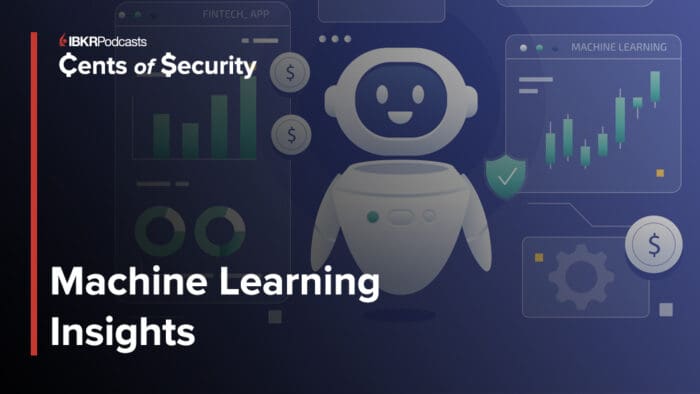



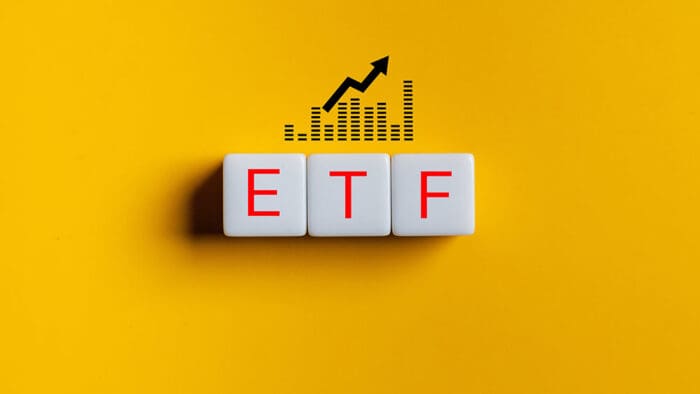

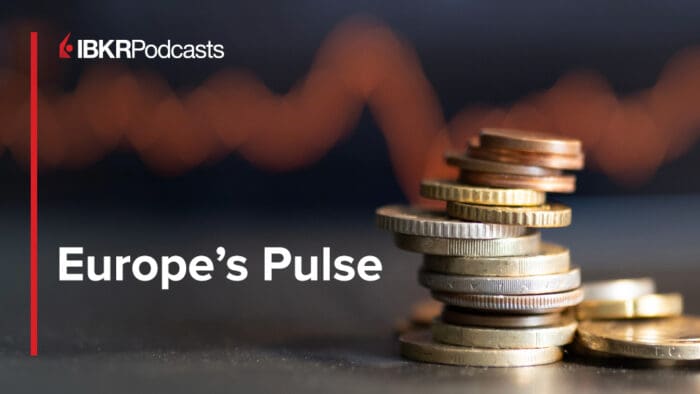
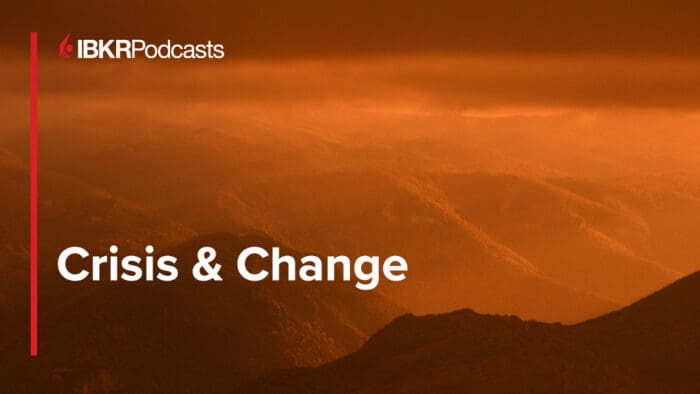



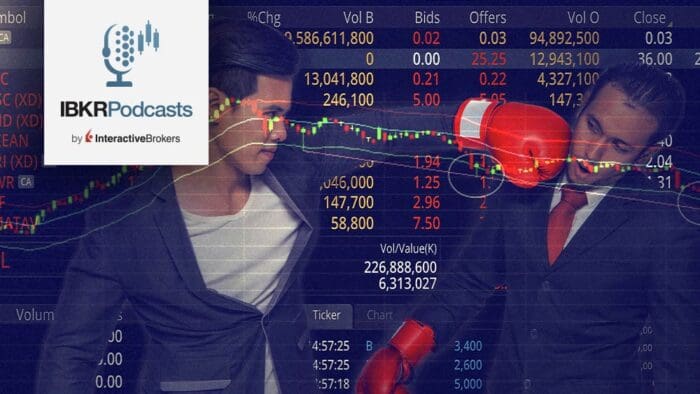

Join The Conversation
If you have a general question, it may already be covered in our FAQs. If you have an account-specific question or concern, please reach out to Client Services.